
Gear Plate
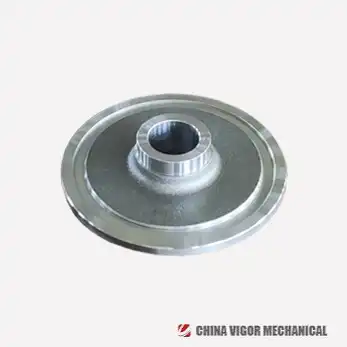
Gear Plate Manufacturer & Supplier
At VIGOR INNO-TECH Limited, we specialize in custom Gear Plate production, offering forged carbon steel and alloy steel gear discs engineered for precision, durability, and high-load applications. Whether you need high-torque drive components or tight-tolerance gear parts, our products deliver outstanding mechanical performance and cost-efficiency.
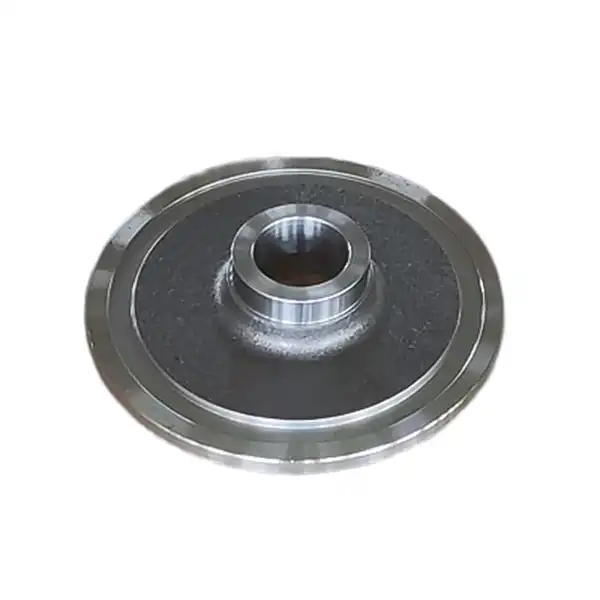
What is a Gear Plate?
A Gear Plate, also known as a gear disc or gear wheel, is a core component in rotational transmission systems. It transmit motion and power between shafts, adjust speed and torque through gear ratio variations, reverse rotation direction, and distribute power to multiple output shafts. They play a critical role in precision mechanical systems such as automotive transmissions, robotic arms, and heavy industrial machinery.
Structurally, a high-performance Gear Plate consists of several key elements:
Teeth – The primary working surface, typically designed with involute profiles to ensure smooth meshing, low noise, and high load-carrying capacity.
Rim – The toothed outer ring where gear engagement occurs.
Web or Spoke Plate – Connects the rim to the hub; can be solid, spoked, or weight-reducing with lightening holes.
Hub – The central bore area that interfaces with the shaft, usually fixed by keys, splines, or interference fits.
Bore & Keyway – Provide secure installation onto the drive shaft, ensuring torque transmission without slippage.
End Face/Side Surface – Used for axial positioning and in some cases for fixture alignment.
At VIGOR, we know your biggest concerns include dimensional precision, material integrity, surface hardness, and long-term durability. Our engineering team brings deep experience in controlling porosity, minimizing hot spot defects, refining surface finishes, and achieving tight linear and geometric tolerances in both standard and custom gear wheel manufacturing. This attention to detail ensures every gear wheel we produce can seamlessly integrate into your drive system and withstand demanding operational conditions.
Technical Parameters of VIGOR Gear Plate
Outer Diameter: Up to 1500mm
Tooth Profile: Involute (customizable)
Materials: 45# steel, 40Cr, 42CrMo, 20CrMnTi, 38CrMoAlA
Tooth Hardness: 50–62 HRC (after treatment)
Processing: Forging, heat treatment, grinding, CNC machining
Tolerance: Up to ±0.01mm on request
Surface Treatment: Black oxide, carburized, quenched & tempered, nitrided
Core Functions of Gear Plates in Power Transmission
-
Power and Motion Transmission:
When two gears engage (with their teeth meshing), the rotational motion of one gear can be transferred to another, causing it to rotate in the same or opposite direction depending on the meshing configuration. -
Speed and Torque Adjustment:
By using gears of different sizes (different tooth counts), gear systems can increase or decrease rotational speed and torque between the input and output shafts. A small gear driving a larger one reduces speed and increases torque, while a large gear driving a smaller one increases speed and reduces torque. -
Direction Change of Rotation:
In external meshing (where teeth are on the outside), the two gears rotate in opposite directions. In internal meshing (where one gear meshes inside the gear ring of another), the gears rotate in the same direction. Bevel gears are used to change the axis direction of power transmission. -
Power Distribution:
One gear can mesh with multiple other gears at the same time, distributing power across several output shafts in synchronized systems.
Material Selection
Characteristics: Carbon steel and alloy steel are the most widely used gear materials! They have excellent comprehensive mechanical properties (high strength, toughness, wear resistance), and their load-carrying capacity and durability can be significantly improved through heat treatment (such as quenching and tempering, quenching, carburizing, nitriding, etc.).
Table 1 Comparison and Selection Guidelines of Commonly Used Forging Gear Materials
|
Material category |
Examples of representative brands |
Core performance features |
Typical heat treatment |
Typical application scenarios |
Main advantages |
The main disadvantage |
|
Medium carbon/medium carbon alloy |
C45, 40Cr, 42CrMo, |
Balanced toughness; |
Quenching + high |
Medium load, |
Low cost; |
The hardness of the tooth surface is limited; |
|
Low carbon |
20CrMnTi, 20CrMo, |
Ultra high surface hardness; |
Carburizing + quenching + low temperature tempering |
High speed, heavy load, impact load, high precision gear; automobile transmission/driving bridge; wind power gearbox; industrial heavy load gearbox |
Excellent contact |
The heat treatment process is complex and costly; |
|
Nitrided steel |
38CrMoAlA (AIP), |
High surface hardness wear and corrosion resistant; |
Tempering + nitriding (gas/ions/plasma) |
Precision small size gears; deformation sensitive gears; high temperature or no lubrication conditions gears; high fatigue life requirements gears |
Very low deformation; |
The hardened layer is thin and does not resist high impact; |
|
Cast iron |
(Extremely rarely used for forging blanks, directly cast into shape) |
Low cost; |
Casting condition or stress relief annealing |
Rarely used as forging blanks; low speed heavy duty large gear blanks with very complex shape or small size requirements |
The lowest cost (cast state); |
Low strength, |
|
Special alloys |
High strength |
Specific outstanding properties such as extremely light, ultra high corrosion resistance, non-magnetic, high temperature stability and so on |
Service hardening or specific treatment |
Very special working conditions: aerospace/vessel weight reduction, resistant to strong corrosive media, non-magnetic or high temperature occasions |
Excellent performance |
The strength is generally lower than steel; |
Different Heat Treatment And Applications
1) Normalizing/Quenching and Tempering Steel (Soft Tooth Surface):
- Common steel types:
Medium carbon steel (45 steel), medium carbon alloy steel (40Cr, 35SiMn, 42SiMn, 42CrMo, etc.).
- Characteristics:
After quenching and tempering, the tooth surface hardness is usually ≤ 350 HB. The teeth are precisely cut after heat treatment. There is usually a certain hardness difference between the two mating gears (the pinion is 20-50 HB harder than the gear).
- Advantages:
The process is relatively simple and the cost is moderate.
- Disadvantages:
Limited load-carrying capacity.
- Applications:
Widely used in closed gear drives where size and precision requirements are not extremely high and the load is moderate. Such as general industrial gearboxes, lathe gearboxes, etc. Common combinations: 45 steel quenched and tempered / 40Cr quenched and tempered + slightly harder pinion.
2) Surface Hardening Steel (Hard Tooth Surface):
- Common methods:
Carburizing and quenching (most common), nitriding, induction hardening/flame hardening.
- Common steel types:
a. Carburizing steel (low carbon alloy steel): 20Cr, 20CrMnTi (one of the most commonly used), 20CrMnMo, 20CrNiMo, 17CrNiMo6, 18Cr2Ni4WA, etc. Hardness 58-62 HRC.
b. Nitriding steel: 38CrMoAlA, etc. High hardness (>68 HRC), minimal deformation, good thermal strength, but shallow nitrided layer.
c. Surface hardened steel (medium carbon steel/alloy steel): 45, 40Cr, 42CrMo, etc. Hardness 45-55 HRC.
-Features: High surface hardness (good wear resistance), high toughness in the core (good impact resistance), and high load-carrying capacity. The tooth profile is usually finely processed after heat treatment (grinding).
-Advantages: Extremely high load-carrying capacity and fatigue life (contact fatigue, bending fatigue), relatively small gear volume for high-power transmission, and good wear resistance.
-Disadvantages: Complex processing (grinding required), high cost; heat treatment deformation needs to be controlled.
Product Applications
1.Carburized and quenched steel: The main force in the most core and high-end applications. Almost all gears with strict requirements for performance, size, and weight: gears for high-end car transmissions and drive axles, gears for aircraft engines, high-speed and heavy-load industrial gearboxes (metallurgy, mine hoists, extrusion equipment), gears for locomotive traction, gears for ship power, large wind turbine gearboxes, key transmission gears for construction machinery, high-speed and heavy-load gears for machine tool spindles, etc.
2.Nitrided steel: Suitable for applications with stable loads, low impact, and requiring extremely high wear resistance or thermal stability (<500℃), such as precision gears with strict deformation requirements (e.g., internal gears, complex gears difficult to grind), and large-sized gears. Examples include gears for aircraft and precision machine tools, and gears for large high-speed gearboxes. The disadvantage is that the load-carrying capacity is lower than that of carburized and quenched gears of the same level.
3.Surface-hardened steel: Lower load-carrying capacity than carburized steel. Suitable for gears with less stringent precision requirements, small to medium loads, and medium speeds that do not require grinding (e.g., large gears in large cylindrical gear drives, gears for agricultural machinery). The cost is lower than that of carburized and quenched steel.
Why Choose VIGOR?
🔩 Custom Engineering Support — We help your R&D team select materials, tooth profiles, and tolerances
⚙️ Die-Forged Strength — Superior to cast alternatives, perfect for heavy-duty environments
📦 Flexible MOQ — From sample to bulk, we cater to your scaling needs
⏱ On-Time Delivery — Rapid tooling and delivery options for urgent replacements
✅ Certifications — ISO9001, ROHS-compliant, full traceability
🌎 Global Experience — Trusted by OEMs across Germany, India, Japan, Turkey, and the US
Inspection Records Before Delivery
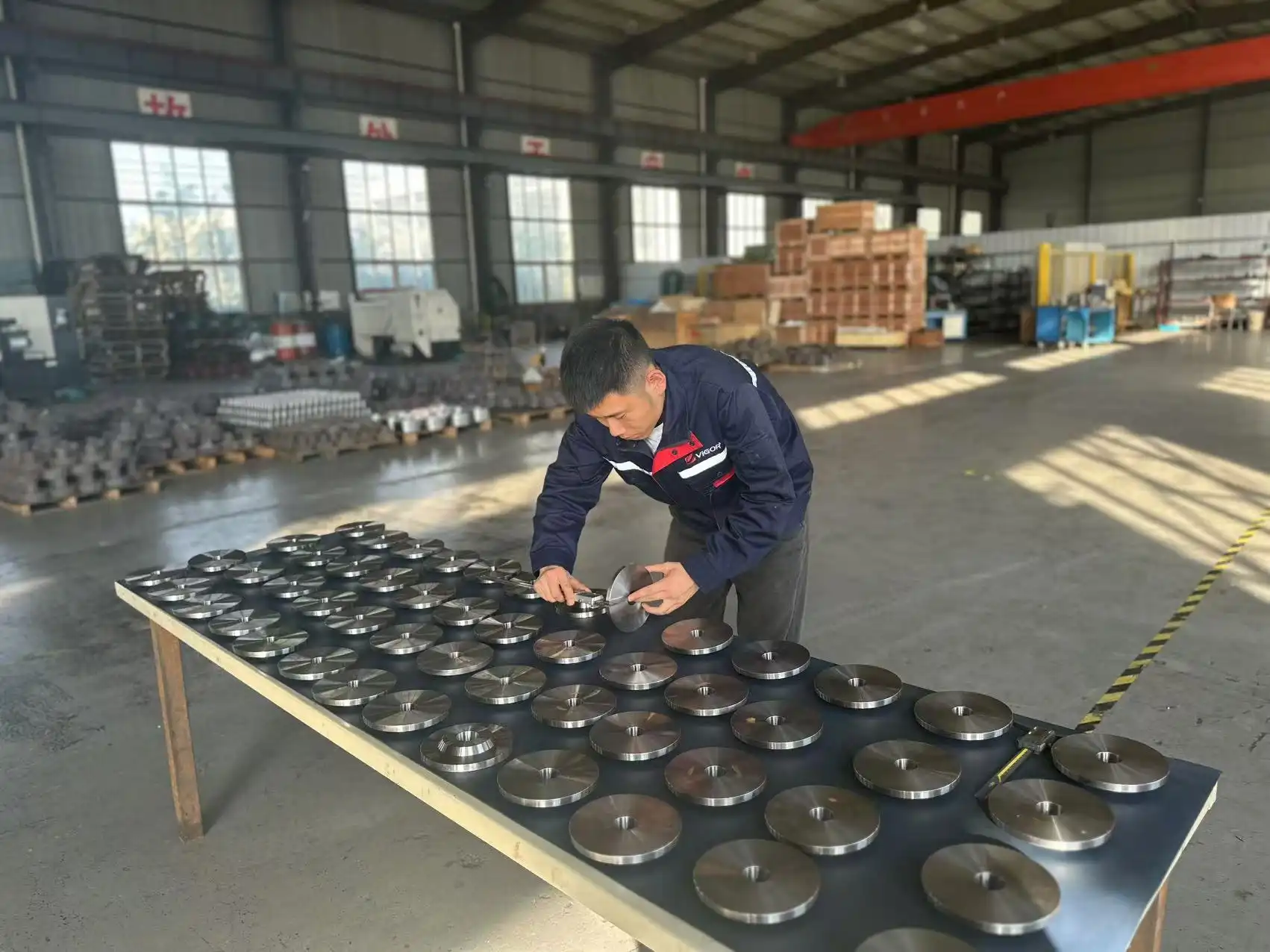
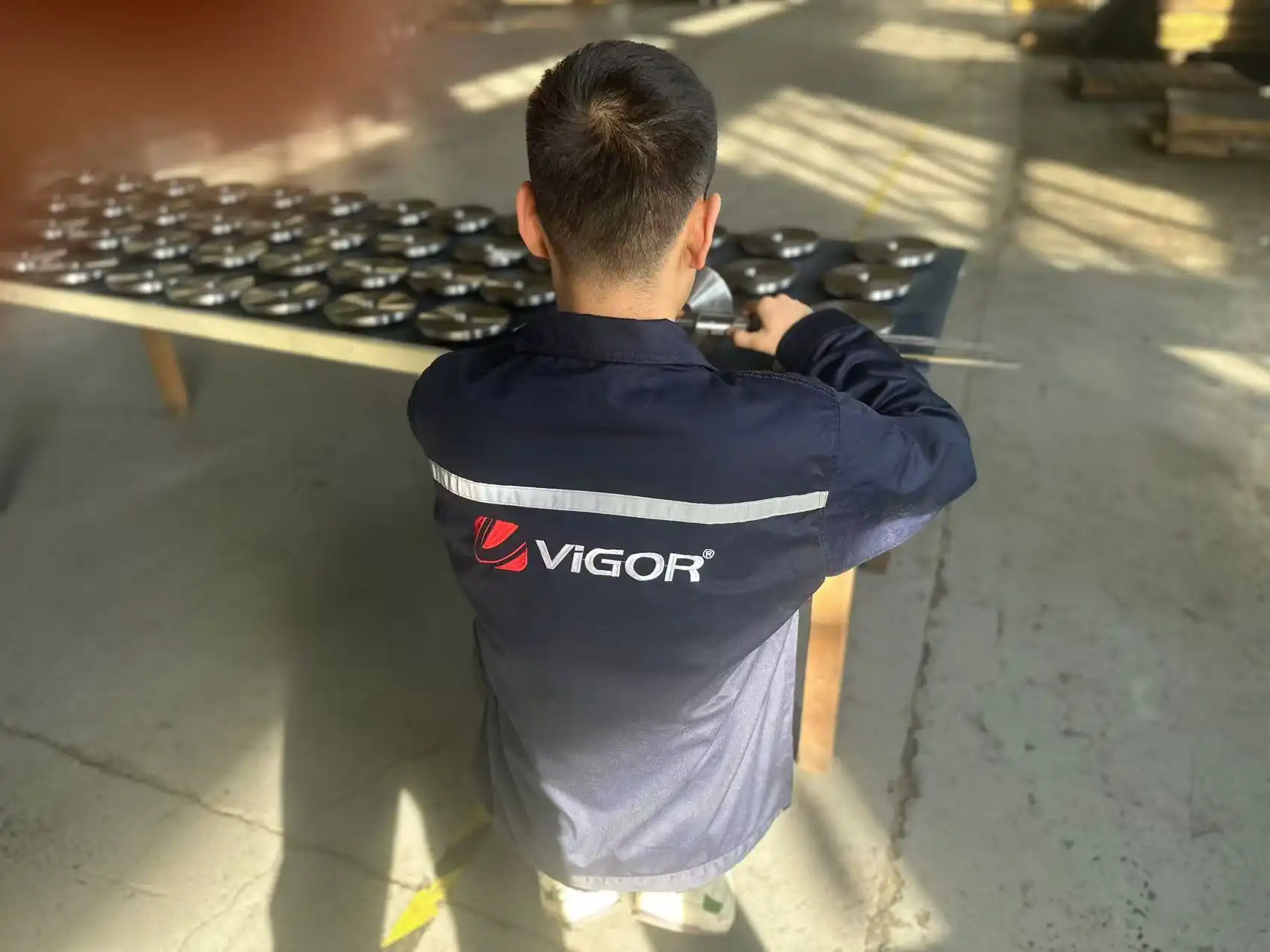
CHINV VIGOR'S PACKAGE AND DELIVERY FOR GEAR PLATES
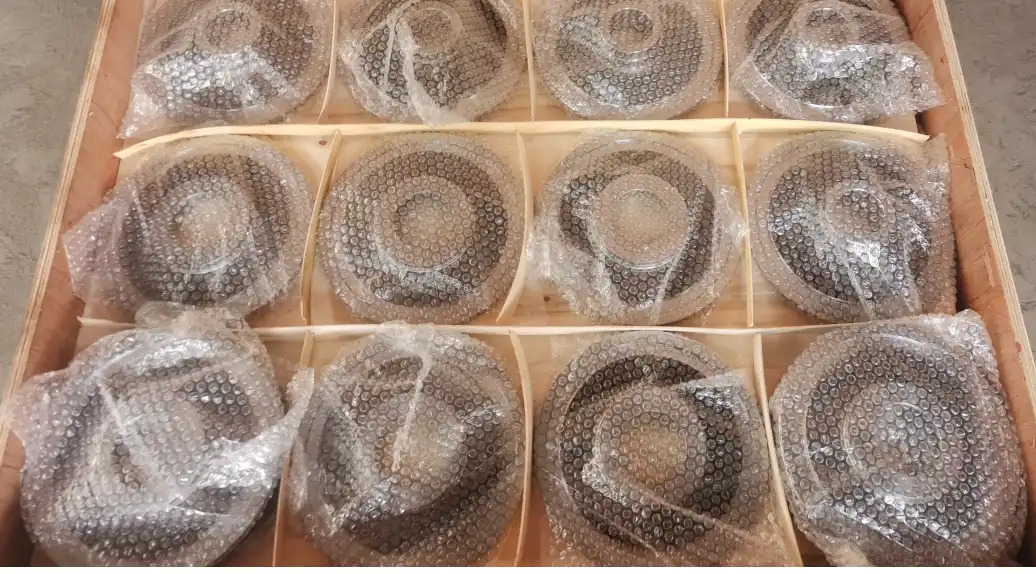
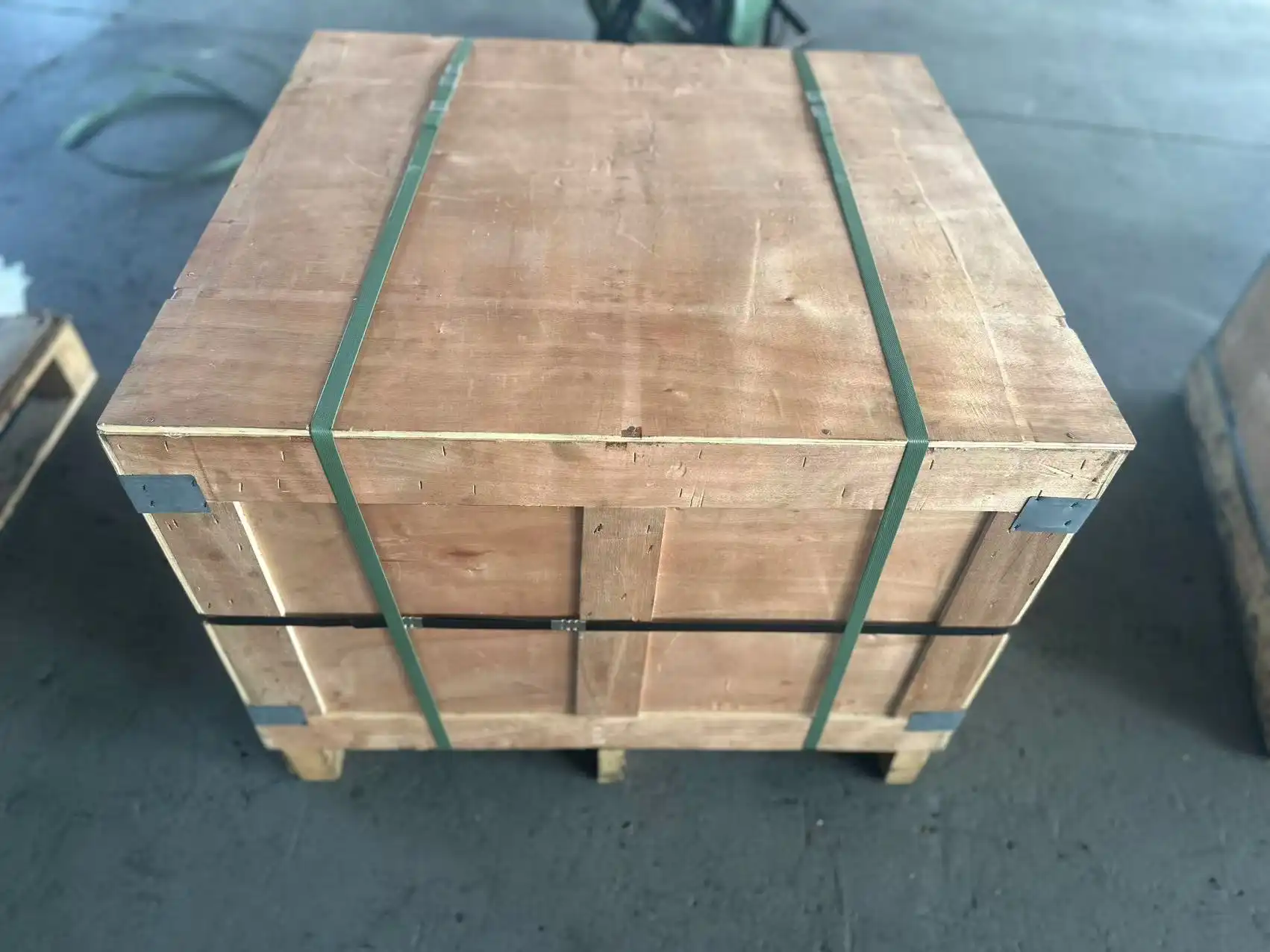
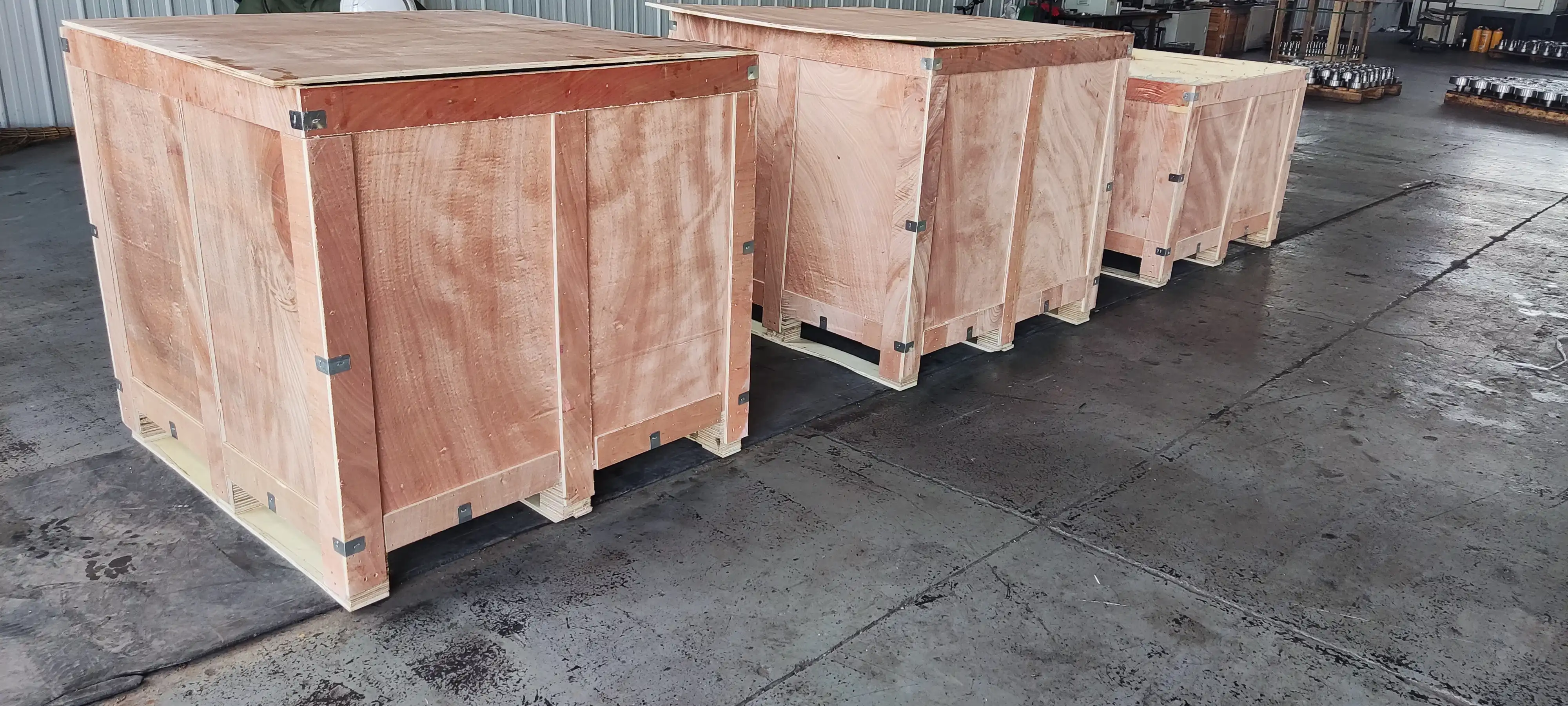
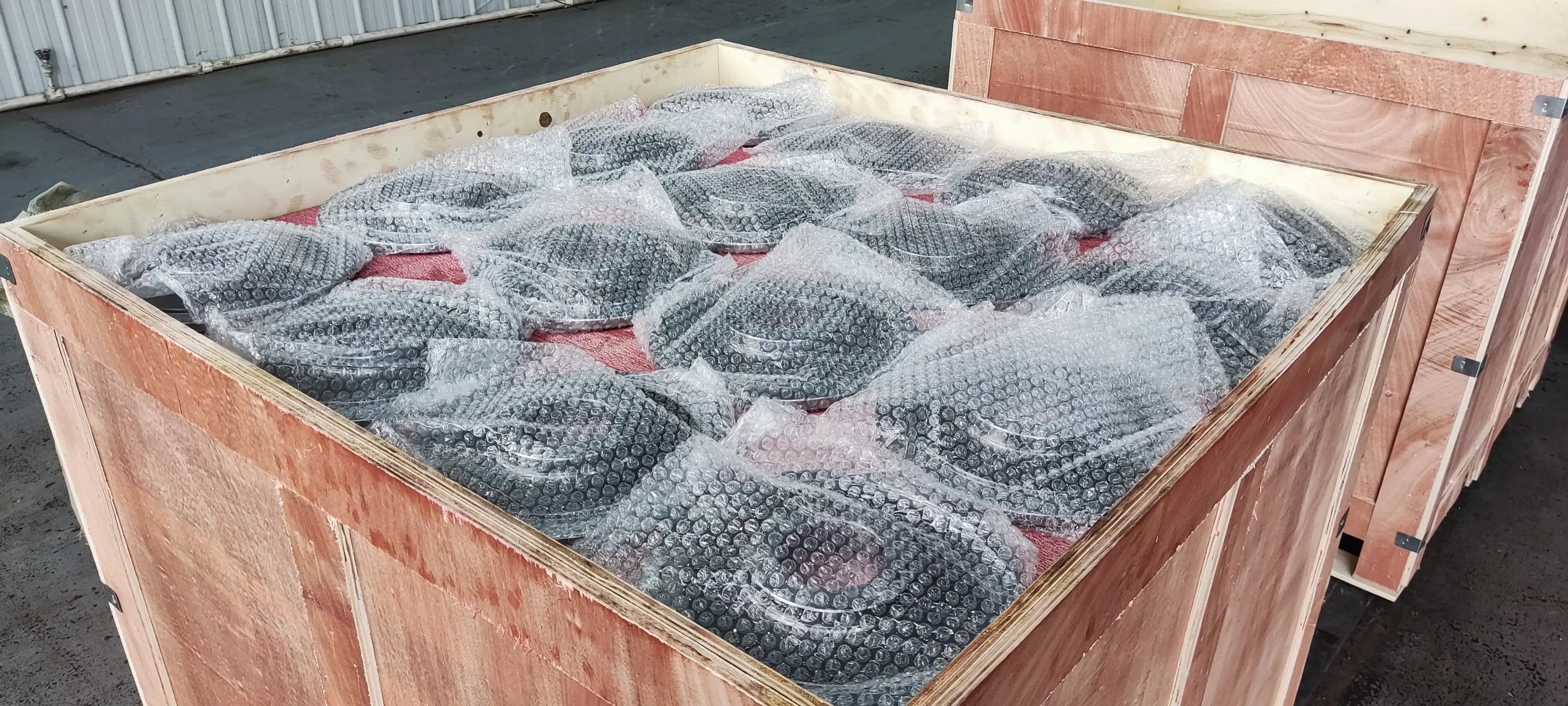
FAQ
Q1: Can I order custom gear plates based on my drawings?
Yes, we support both drawing-based and reverse-engineered production.
Q2: What's your minimum order quantity (MOQ)?
We support small-batch prototyping and larger production runs. MOQ depends on plate size and complexity.
Q3: What’s your lead time?
Generally 15–25 days, depending on quantity and customization level.
Q4: Can you recommend the right material and treatment for my application?
Absolutely. Our engineers will evaluate your requirements and suggest the most cost-effective, durable option.
Contact Us
Let’s build better motion together. For custom Gear Plate inquiries or instant quotes:
📧 Email: info@castings-forging.com
hotTags : Gear Plate,China, suppliers, manufacturers, factory, foundry, customized, buy, quotation, low price, high quality, high accuracy, high performance, free sample,accurate,OEM.



